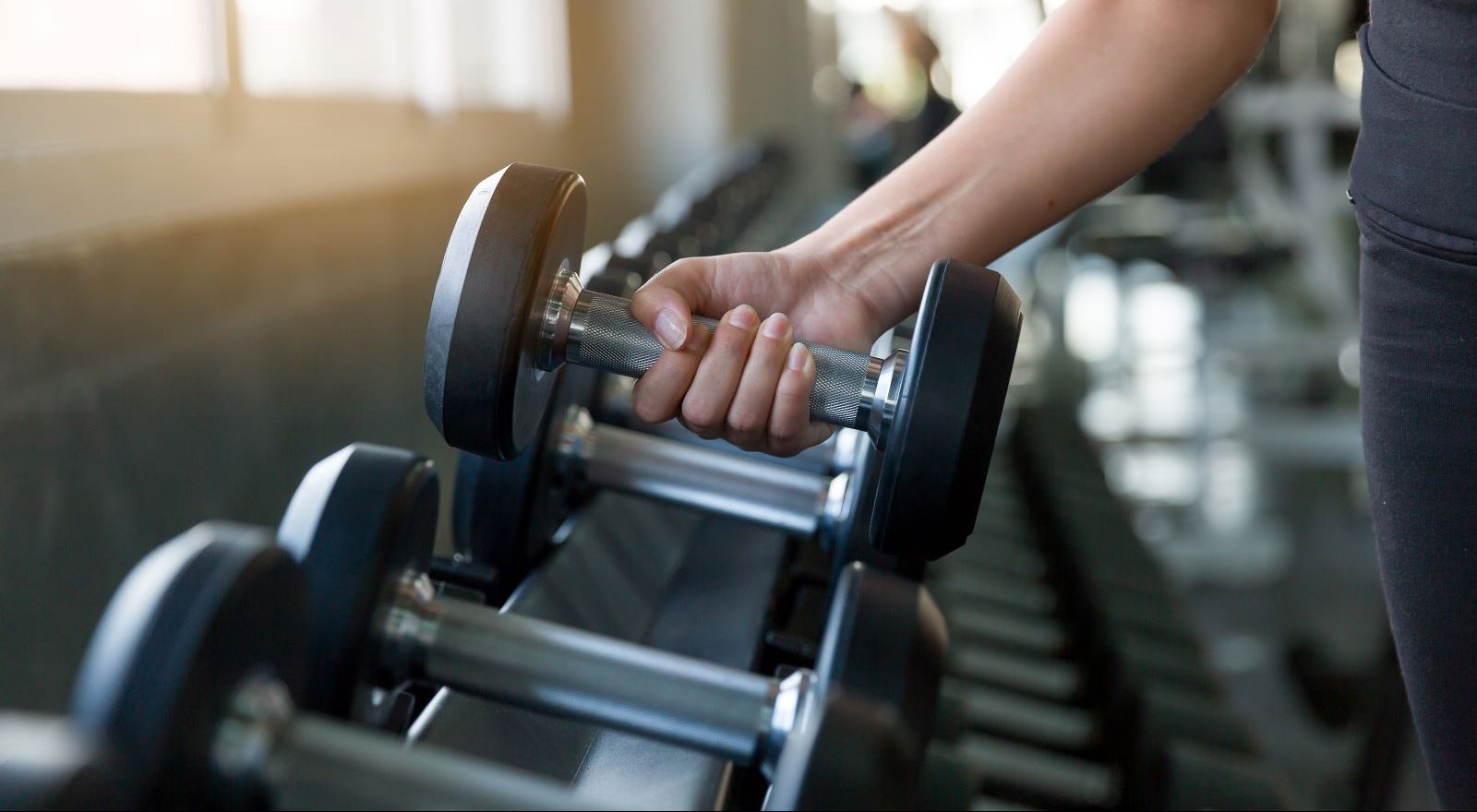<< Back
Half of Americans Don’t Meet Physical Activity Guidelines. Do You?

May 10, 2023
‘Tis the season to spring into shape, with warmer weather beckoning and bathing suit season on the horizon. Yet, about half of American adults don’t meet physical activity guidelines, according to the Centers for Disease Control and Prevention (CDC).
The good news, according to Jessica Mason, DO, primary care doctor with the Hartford HealthCare Medical Group in Southington, is that increasing your regular movement even just a little can help improve your health.
Dr. Mason shares exercise guidelines, tips for integrating strength training and the many benefits of physical activity.
How much exercise do I need?
The CDC recommends 150 minutes of moderate physical activity and two days of strength training per week for anyone 18 and older.
“That sounds like a lot, but you don’t have to do it all at once,” Dr. Mason says. “A general goal is to aim for at least 30 minutes of moderate physical activity every day.”
Moderate physical activity, she explains, is any movement that increases your heart rate.
> Related: 5 Tips to Start Your Weight Loss Journey Off Strong
How can I get stronger and leaner?
Strength training is the key to working your muscles, Dr. Mason adds. Adults should do strength training exercises aimed at all major muscle groups at least two times a week.
Those strength training workouts should include one set of each exercise. Choose the weight or resistance level that is enough to tire your muscles after about 12 to 15 repetitions of the exercise.
“The great part about these guidelines is they are so flexible – you can do any type of exercise you find enjoyable,” Dr. Mason says.
What are the benefits of physical activity?
Studies show that those who engage in the recommended amount of physical activity can realize such benefits as:
- Reduced risk of heart disease
- Lowered risk of diabetes
- Reduced risk of dementia
- Cancer prevention
- Strengthened bone and muscles
- Improved sleep quality
- Weight management
Before you start
Your goal is improving your health, but you need to make sure you’re physically cleared to workout.
“It is always important to first check in with your primary care physician before you begin an exercise routine. This is especially important if you have any chronic conditions, such as heart disease or diabetes. You can work with your physician to ensure your new exercise routine is both safe and sustainable,” Dr. Mason says.